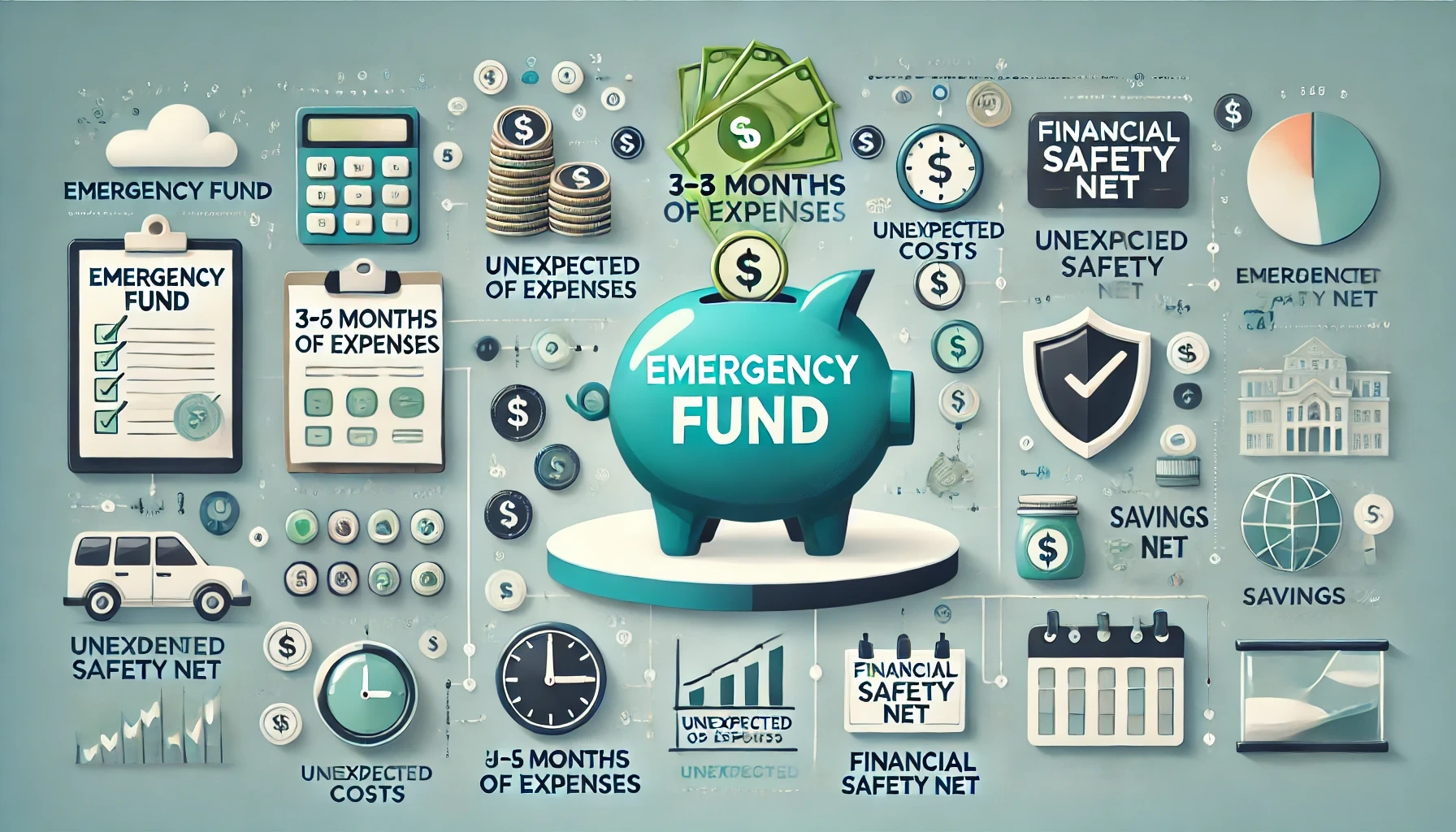What is the 50/30/20 Budget Rule?
The 50/30/20 budget rule is a simple and effective way to manage your personal finances. Popularized by Senator Elizabeth Warren in her book All Your Worth: The Ultimate Lifetime Money Plan, this budgeting method divides your income into three categories:
- 50% for Needs: Essential expenses such as rent, mortgage, utilities, groceries, and transportation.
- 30% for Wants: Non-essential spending on entertainment, dining out, vacations, and hobbies.
- 20% for Savings & Debt Repayment: Investments, emergency funds, retirement savings, and paying off debt.
This method provides a structured approach to budgeting, ensuring financial stability and long-term wealth building.
How to Apply the 50/30/20 Rule to Your Finances
Step 1: Calculate Your After-Tax Income
Your after-tax income is the amount you receive after deductions such as taxes, Social Security, and retirement contributions. This is the base amount to apply the 50/30/20 rule.
Step 2: Allocate 50% for Needs
Needs are mandatory expenses necessary for survival and daily life. These include:
- Rent or mortgage payments
- Utility bills
- Groceries
- Insurance (health, car, home, etc.)
- Transportation costs
- Minimum debt payments
If your essential expenses exceed 50% of your income, consider cutting costs or increasing your income.
10 Genius Ways to Save Money & Build Wealth Like the 1%
Step 3: Use 30% for Wants
Wants are expenses that enhance your lifestyle but aren’t necessities. These can include:
- Entertainment and leisure activities
- Subscriptions (Netflix, Spotify, etc.)
- Dining out
- Travel and vacations
- Luxury purchases
Reducing unnecessary spending in this category can accelerate your savings and investments.
Step 4: Save and Pay Off Debt with 20%
The final 20% should be dedicated to savings and debt repayment. Priorities include:
- Building an emergency fund
- Investing in retirement accounts (401(k), IRA, etc.)
- Paying off high-interest debt (credit cards, loans)
- Other long-term financial goals
Benefits of the 50/30/20 Budget Rule
- Easy to Follow: Simple structure for financial management.
- Balances Needs and Wants: Ensures responsible spending while allowing lifestyle flexibility.
- Encourages Saving: Prioritizes savings and debt reduction for financial security.
- Adaptable: Can be adjusted based on personal circumstances and income levels.
Common Challenges and How to Overcome Them
High Cost of Living
If you live in an area with a high cost of living, your needs might exceed 50% of your income. Consider:
- Downsizing your living space
- Using public transport instead of owning a car
- Cooking at home instead of dining out
Irregular Income
Freelancers and gig workers often have irregular incomes, making budgeting challenging. Solutions include:
- Using an average income from past months to set a budget
- Keeping a larger emergency fund to cover slow months
High Debt Burden
If you have significant debt, allocate a larger portion of the 20% savings and debt category toward repayments. Consider the debt snowball or debt avalanche method to pay off debts efficiently.
Alternatives to the 50/30/20 Rule
75/15/10 Rule
This method allocates:
- 75% for Needs
- 15% for Wants
- 10% for Savings & Debt Repayment
This is better suited for individuals with higher fixed expenses.
10 Genius Ways to Save Money & Build Wealth Like the 1%
70/20/10 Rule
This budgeting rule follows:
- 70% for Needs & Wants
- 20% for Savings
- 10% for Debt Repayment
This approach allows more flexibility in discretionary spending.
40/40/20 Budget Rule
- 40% for Essentials
- 40% for Savings & Investments
- 20% for Lifestyle Choices
This is an aggressive savings strategy ideal for wealth-building.
How to Make the 50/30/20 Budget Work for You
Automate Your Finances
Set up automatic transfers to your savings and debt accounts. This ensures that you prioritize saving before spending.
Track Your Spending
Use budgeting apps like Mint, YNAB (You Need a Budget), or Personal Capital to monitor expenses and ensure you’re staying within the budget.
Adjust Based on Income Changes
If your income fluctuates, adjust your budget accordingly. During high-income months, save more to cover lower-income periods.
Focus on Debt Reduction
If you have high-interest debt, allocate more of your 20% category toward paying it off. The faster you eliminate debt, the more you can save.
Who Should Use the 50/30/20 Budget Rule?
This budgeting method is ideal for:
Beginners looking for a simple budgeting strategy
Individuals who want to balance spending and saving
Those with consistent after-tax income
People looking for a structured financial plan
How to Modify the 50/30/20 Rule for Your Needs
If the standard 50/30/20 breakdown doesn’t fit your financial situation, try adjusting it:
🔹 60/20/20 Rule – More focus on needs, reducing discretionary spending.
🔹 50/20/30 Rule – If savings and debt repayment need higher priority.
🔹 80/20 Rule – 80% for all expenses, 20% for savings and investments.
Final Thoughts
The 50/30/20 budget rule is a fantastic starting point for anyone looking to take control of their personal finances. By following this method, you can ensure financial stability, reduce stress, and work towards long-term wealth. The key to success is adapting the rule to your unique financial needs, tracking expenses, and making consistent financial decisions that support your long-term goals.
By implementing this budgeting strategy, you can develop better money habits, avoid unnecessary financial stress, and secure a financially stable future. Start budgeting today and take a step toward financial independence!
Related Queries:
Is the 50/30/20 rule realistic?
It depends on individual income and expenses. It works well for many but may need adjustments based on personal circumstances.
Where do credit card payments go in 50/30/20?
Minimum payments go under Needs, while extra payments go under Savings & Debt Repayment.
Is 50/30/20 or 70/20/10 better?
The best rule depends on your financial goals. 50/30/20 balances spending and saving, while 70/20/10 prioritizes savings more.
What is one negative thing about the 50/30/20 rule?
It may not work well for people with high fixed expenses or low income who struggle to keep needs under 50%.
Is 50/30/20 gross or net?
The rule is applied to net income (after taxes).
Is saving 20% of income realistic?
It depends on personal expenses. Some may need to adjust the savings rate based on financial goals.
When might the 50/30/20 rule not be the best strategy to use?
If your needs exceed 50% or if you have high debt, an alternative budgeting method may work better.
Share Your Opinion in Comments Now:
Subscribe to our newsletter!
- What Is a Credit Score? – Complete Guide for Understanding and Improving It
- The Ultimate Guide to Personal Finance
- Why is the Stock Market Down Today? Understanding the Sensex and Nifty 50 Crash
- Best Stocks to Buy Now for Long-Term Investment in India (2025)
- Unified Pension Scheme: A Complete Guide for India




One thought on “50/30/20 Budget Rule Explained: A Simple Guide to Financial Freedom”
Comments are closed.